The Japanese government on July 5 warned of the possibility of further strong earthquakes in the southwestern seas of the country's main islands. Meanwhile, according to Kyodo News, the Japanese government recently updated its response plan to the risk of a major earthquake in the Nankai Trench, with the worst-case scenario potentially killing 298,000 people.
Authorities had evacuated some residents from remote islands near the epicenter of a magnitude 5.5 earthquake that struck off the coast of Kyushu on July 3, one of more than 1,000 earthquakes in Japan’s Kagoshima Prefecture in just the past two weeks, The Japan Times reported.
The Nankai Trench is an 800km long deep sea trench that runs parallel to the coast of Japan in the Pacific Ocean . Over the past 1,400 years, major earthquakes have occurred in this area every 100-200 years, the last one being in 1946.
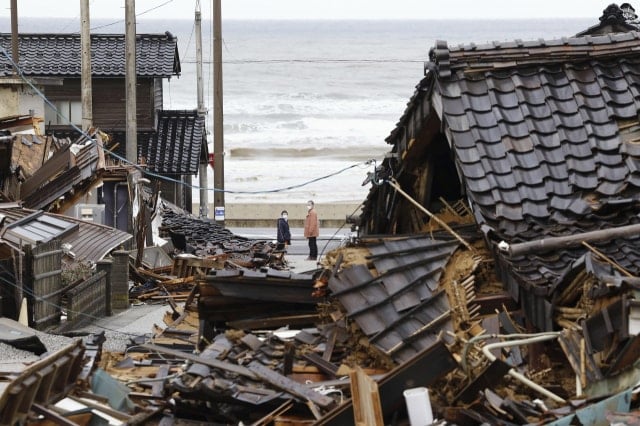 |
| A house in Wajima City, Ishikawa Prefecture, Japan, collapsed due to an earthquake that occurred in January 2024. Photo: Yonhap |
In 2014, Japan launched an earthquake preparedness plan that aimed to reduce the number of deaths from major earthquakes around the trough stretching from western to central Japan by 80 percent. However, the Japanese government believes that actions taken since then have only reduced the number of deaths by about 20 percent.
As a result, Japan this week released an updated earthquake preparedness plan, highlighting measures to be taken over the next 10 years such as building embankments and evacuation buildings for residents, holding more frequent earthquake drills, and investing in infrastructure resilience.
“What needs to be done is for the country, local governments, companies and non-profit organizations to work together to take measures to save as many lives as possible,” Kyodo News quoted Japanese Prime Minister Ishiba Shigeru as saying at a government meeting.
The Japanese government will consult with experts and conduct annual inspections to see if disaster prevention measures are being implemented, and aims to have all municipalities regularly conduct evacuation drills in areas where large tsunamis are likely by fiscal 2030.
“The government must step up support for municipalities. While tsunami response measures such as building evacuation towers and embankments have improved significantly, people’s awareness of evacuation may have declined and needs to be raised again,” said Norio Maki, a professor at the Institute for Disaster Prevention Research at Kyoto University.
Earthquakes are extremely difficult to predict, but in January this year, a Japanese government panel estimated that the probability of a major quake in the Nankai Trench in the next 30 years had increased to 75%-82%. Two months later, the Japanese government issued a new estimate that such a large quake and tsunami could kill 298,000 people and cause economic damage of up to $2 trillion.
According to Kyodo News, the most dangerous scenario that the Japanese government thinks of is a magnitude 9 earthquake occurring on a winter night in the central part of the country, killing more than 100,000 people.
Japan is regularly hit by earthquakes as it is located in one of the world's most seismically active regions. The region accounts for about one-fifth of the world's earthquakes measuring magnitude 6 or greater.
ANH VU
* Please visit the International section to see related news and articles.
Source: https://baolamdong.vn/nhat-ban-canh-bao-nguy-co-xay-ra-dong-dat-manh-381300.html



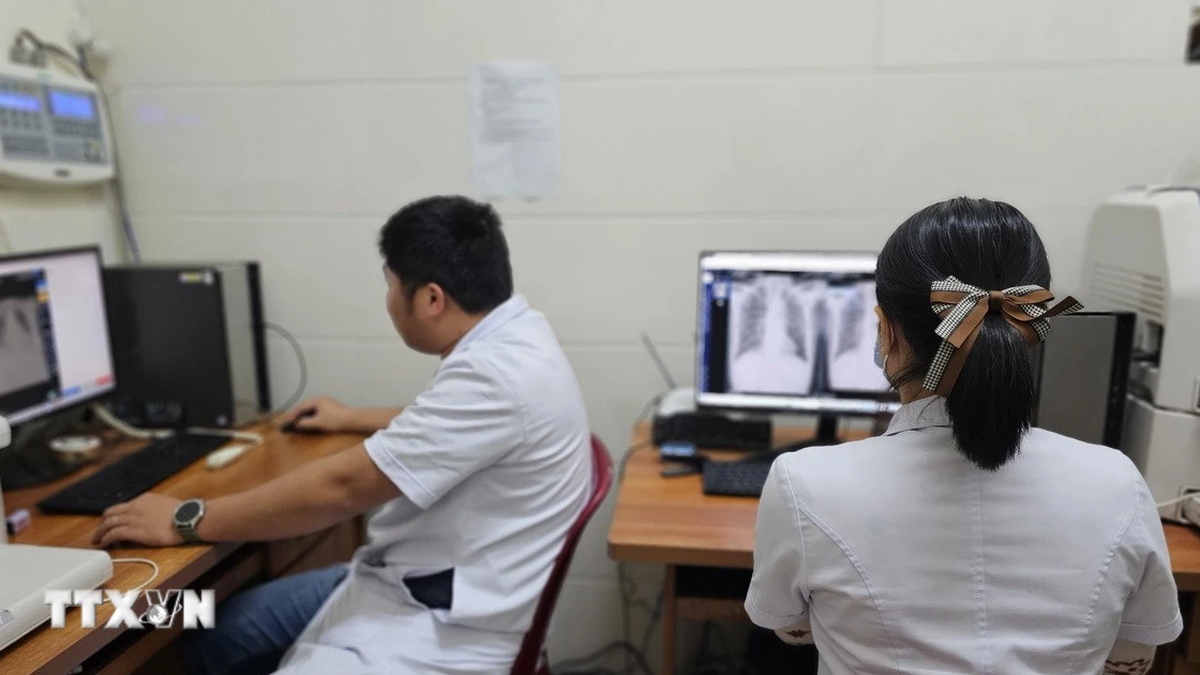



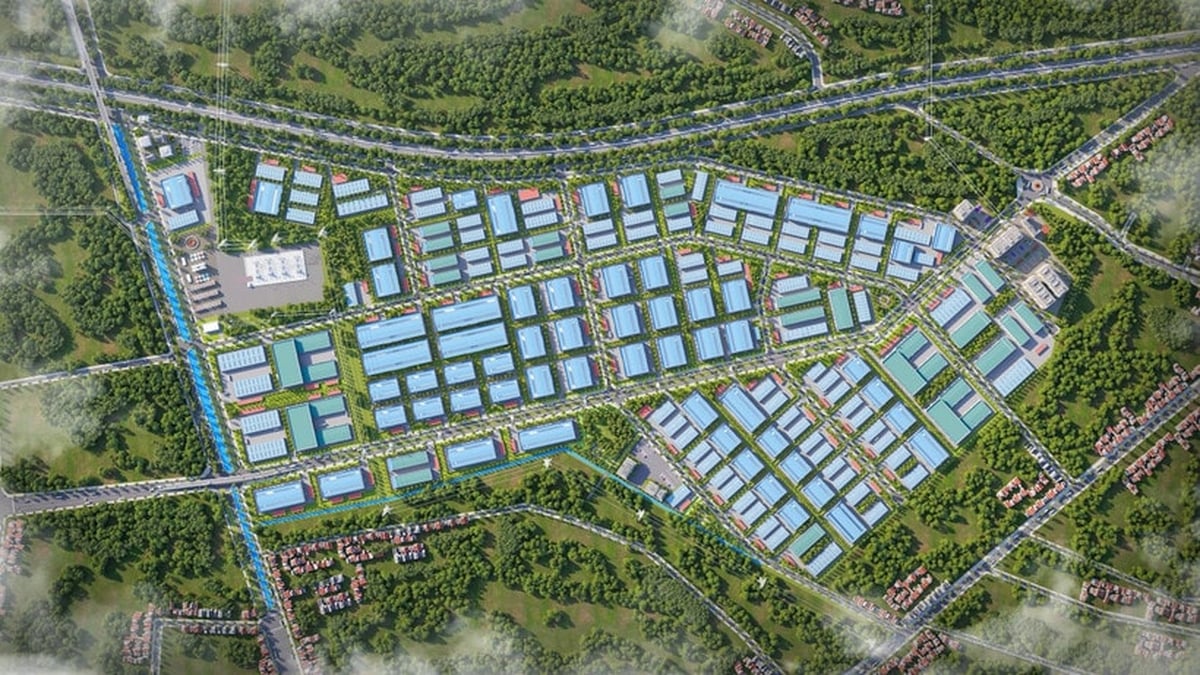

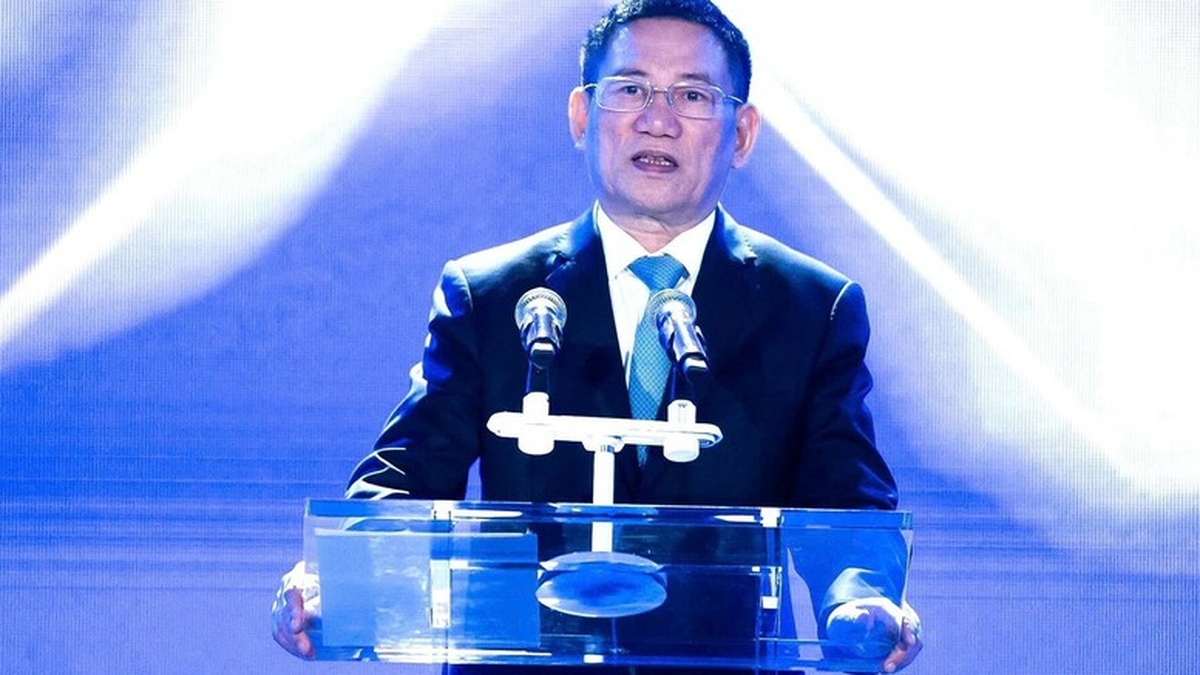

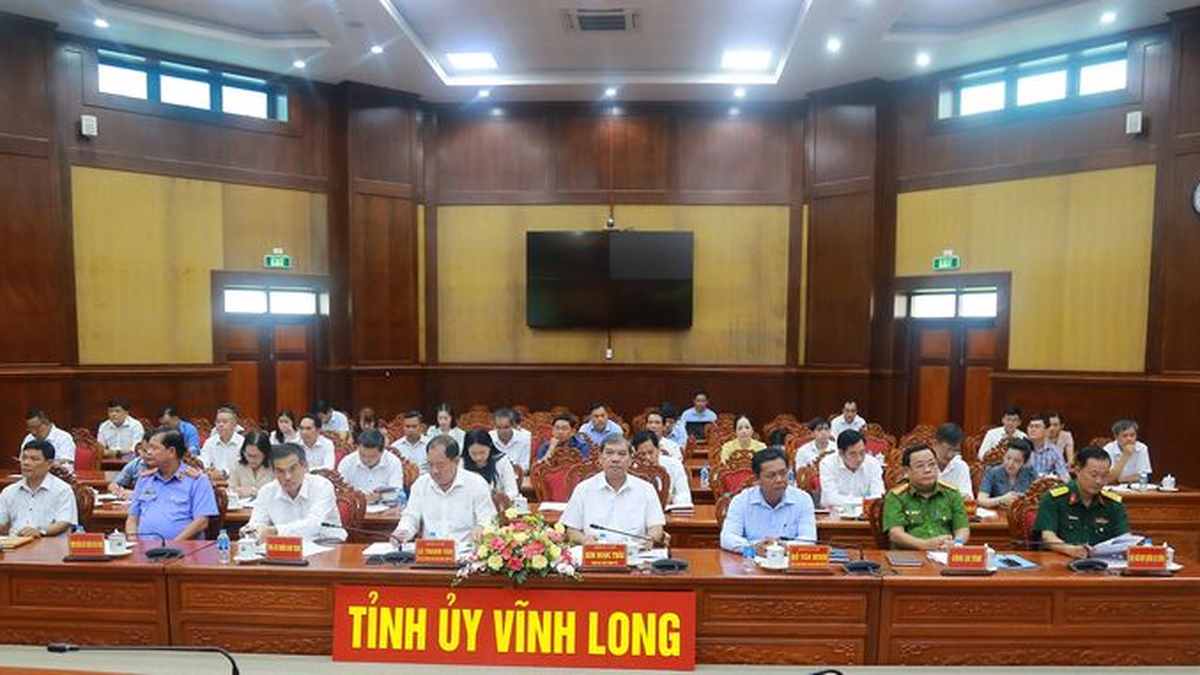












![[Photo] Gia Lai provincial leaders offer flowers at Uncle Ho's Monument with the ethnic groups of the Central Highlands](https://vphoto.vietnam.vn/thumb/1200x675/vietnam/resource/IMAGE/2025/7/9/196438801da24b3cb6158d0501984818)









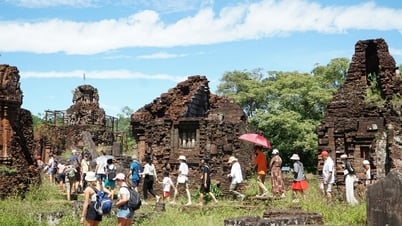
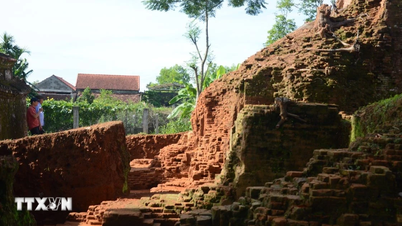



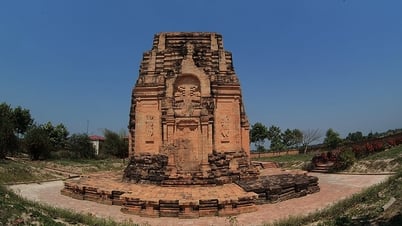

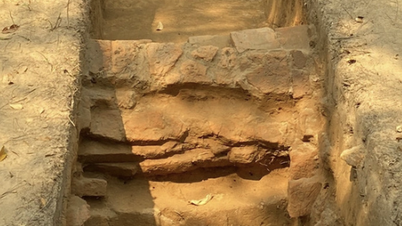














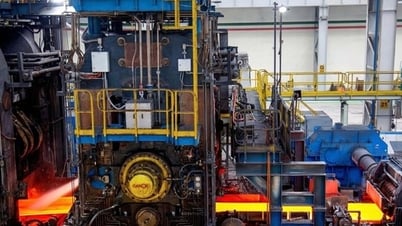
















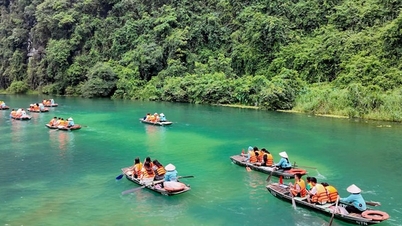





























Comment (0)